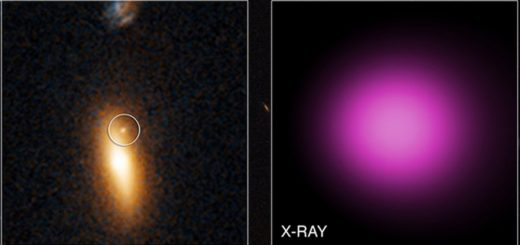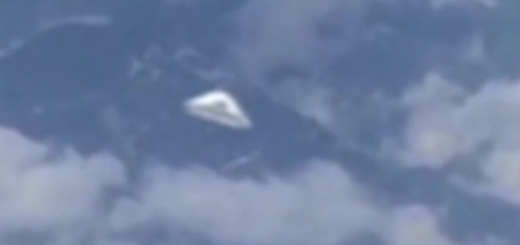Get a Sneak Peek at the James Webb Space Telescope

Space exploration is one of the most noble — and difficult — endeavors in human history. The stakes are high, the risks are huge and the rewards are priceless. And soon, our understanding of space may fundamentally change. On October 2018, our species will take a breathtaking new step in this ongoing journey.
There’s no other way to say it: NASA is launching a satellite that will allow us to peer through time, further back than ever before. We’re talking all the way back to the formation of the first stars and galaxies.
It’s called the James Webb Space Telescope (JWST), and we went to see it in person.
When most people think of satellites observing deep space, they naturally think of the world-famous Hubble Space Telescope (HST), which launched back in April 1990. But it’s not entirely accurate to call Webb the “replacement” for Hubble, and, indeed, there are several key differences between the two telescopes.
· Hubble observes the universe through optical and ultra-violet wavelengths of light, while Webb primarily relies on infrared.
· Webb is much larger than the Hubble. Hubble is about the size of a school bus, while Webb’s sunshield (which is super cool, literally) is almost the size of a tennis court.
· Webb also has a much larger mirror than Hubble.
o Hubble’s primary mirror is 8 feet (2.4 meters) in diameter, with a collecting area of 48.4 square feet (4.5 square meters).
o Webb’s primary mirror is actually a combination of 18 smaller mirrors, creating a larger mirror with a diameter of 21 feet (6 meters).
NASA Webb Telescope
✔
@NASAWebb
We have confirmation that the fifth #JWST mirror installation is complete! On to number six! #MirrorSeason
View image on Twitter
138
6:51 PM – Dec 11, 2015
Twitter Ads info and privacy
104 people are talking about this
· Webb also has a longer trip ahead of it. Hubble orbits about 353 miles (568 kilometers) above Earth, but Webb will take a six-month journey 930,000 miles (nearly 1.5 million kilometers) away from our planet to an orbit known as the second Lagrange point, or L2.
Inset
Editor and podcast host extraordinaire Holly Frey talks with Bill Ochs, Project Manager of the JWST.
HOWSTUFFWORKS
Pretty nifty stuff, right? Once Webb’s in place, it’s going to observe the births of the first stars and the formation of ancient galaxies. It also will analyze the physical and chemical aspects of planetary systems; in other words, we’re on the lookout for alien life.
This is a monumental, ambitious task, and institutions from around the world have joined forces to make it possible. In the video above, we visit the Goddard Space Flight Center and interview some of NASA’s best and brightest as they explain the history of the JWST, how it will move from Earth to space, and, most importantly, what we hope to find once it gets there.
While we were at NASA, we met some amazing people and learned a great deal about the JWST. We’ll have more videos on this astonishing satellite coming up soon, so stay tuned to learn more.



 Creators of mankind
Creators of mankind Description of “Tall white aliens”
Description of “Tall white aliens” Where they came from?
Where they came from? About hostile civilizations
About hostile civilizations The war for the Earth
The war for the Earth “Tall white aliens” about eternal life
“Tall white aliens” about eternal life Video: “Nordic aliens”
Video: “Nordic aliens” Aliens
Aliens Alien encounters
Alien encounters The aliens base
The aliens base UFO
UFO Technology UFO
Technology UFO Underground civilization
Underground civilization Ancient alien artifacts
Ancient alien artifacts Military and UFO
Military and UFO Mysteries and hypotheses
Mysteries and hypotheses Scientific facts
Scientific facts


















